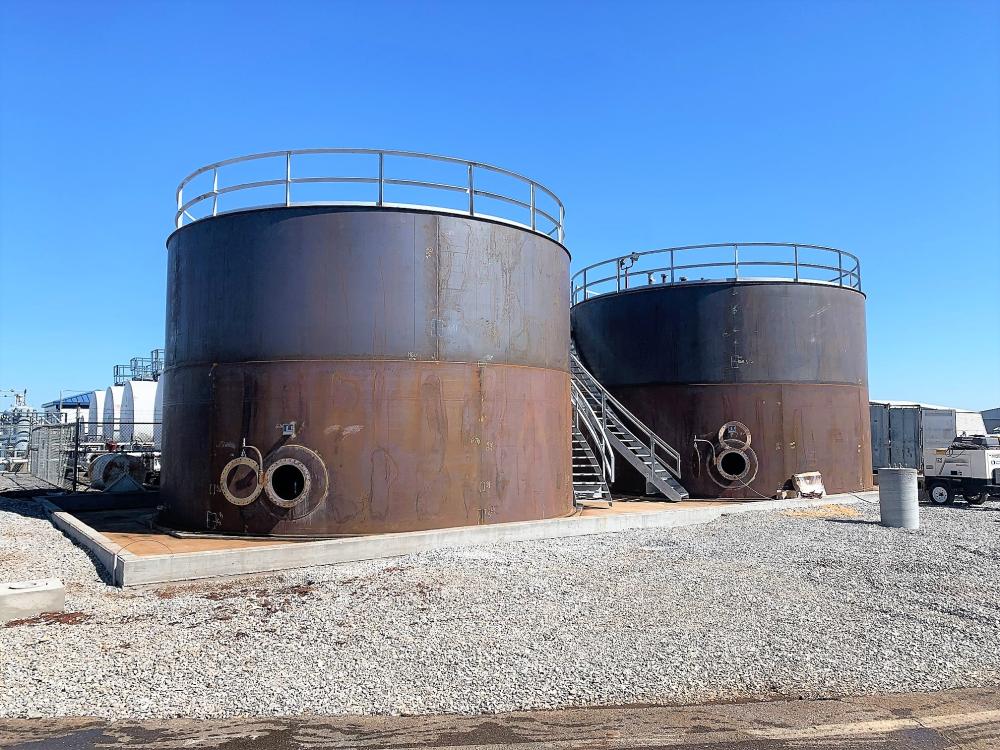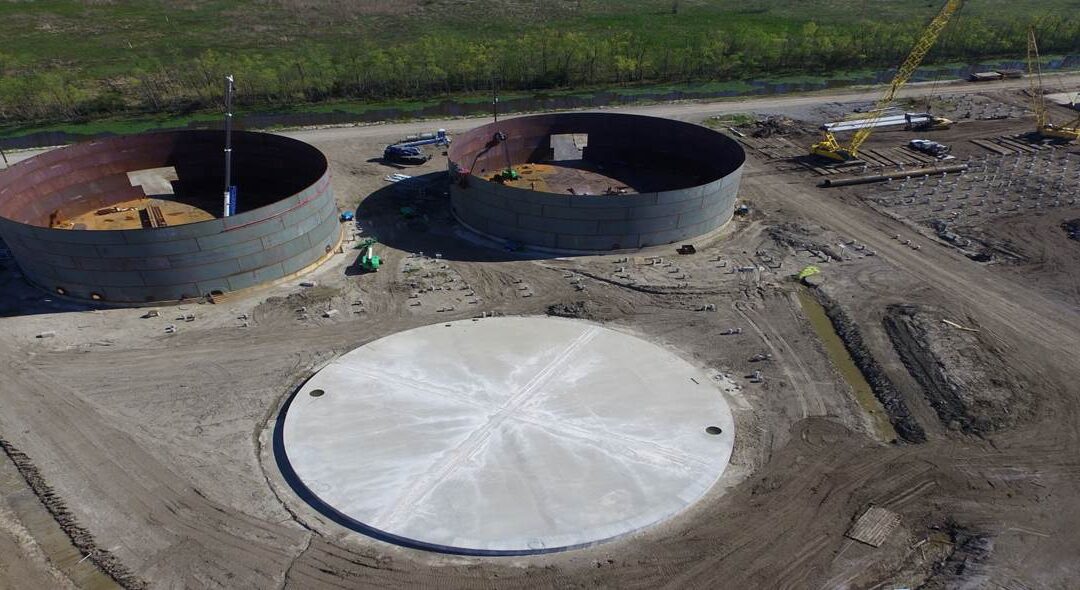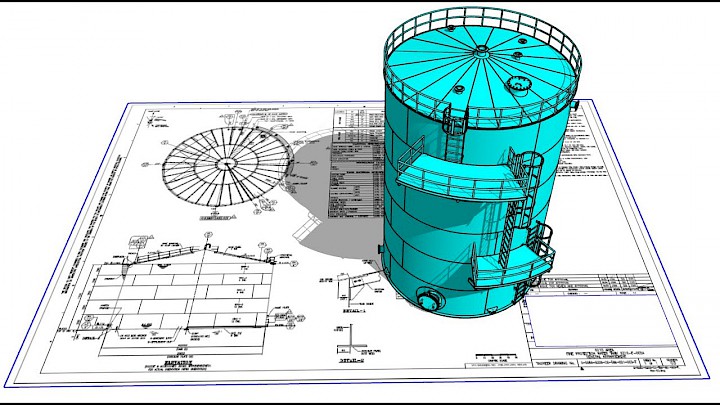A Detailed Consider the Setup Refine of Welding Evaluation Techniques
Welding inspection is an essential procedure that guarantees structural stability and safety. The setup of inspection methods entails numerous methodical actions, each integral to achieving dependable outcomes. From planning and tool selection to carrying out non-destructive and aesthetic examinations, each phase needs careful interest. Recognizing these treatments can substantially enhance quality guarantee in welding projects. What challenges occur in executing these techniques, and how can they be properly addressed?
Recognizing the Relevance of Welding Evaluation
Welding examination is a crucial element of ensuring architectural stability and safety and security in building and manufacturing processes. This method involves evaluating bonded joints for issues, guaranteeing that they fulfill details requirements and policies. By methodically assessing weld quality, inspectors can determine concerns such as splits, voids, and incomplete combination, which can compromise the toughness and resilience of structures.
The significance of welding assessment expands past immediate safety problems; it aids protect against pricey failings and prospective hazards in the long term. Reliable inspection techniques foster compliance with sector standards, therefore boosting the total integrity of bonded elements. In addition, a robust examination procedure contributes to preserving the track record of producers and building contractors, as it ensures clients of the top quality of their jobs. Ultimately, recognizing the importance of welding inspection is critical for advertising risk-free building practices and ensuring the longevity of essential framework and items.
Selecting the Right Tools for Evaluation
When picking the proper devices for assessment, it is important to consider the specific needs of the welding procedure and the products included. Numerous evaluation techniques, such as aesthetic, ultrasonic, and radiographic screening, necessitate distinctive tools tailored to their distinct demands. For aesthetic evaluations, devices like amplifying glasses and calipers are critical for assessing weld high quality. Ultrasonic testing needs specific equipment capable of sending and getting acoustic waves to spot internal problems. Radiographic screening, on the various other hand, makes use of X-ray or gamma-ray sources alongside sensitive movie or digital detectors to expose inconsistencies.
Furthermore, individual protective equipment (PPE) is important to guarantee the safety and security of assessors during examinations. Selecting the right tools not just improves the precision of examinations yet also adds to the total integrity and safety of the welding project. Consequently, a complete understanding of offered devices and their applications is crucial for effective welding examination.
Preparing for the Assessment Process
Prior to starting the examination process, it is important to establish a comprehensive plan that lays out the scope and purposes of the analysis. This plan ought to include particular standards that specify what comprises acceptable quality in the welding work being inspected. Determining the pertinent codes and criteria is crucial, as they will certainly direct the assessment requirements and techniques.
Furthermore, personnel included in the evaluation should be sufficiently educated and accredited in welding inspection methods to assure dependability and precision. A list can be beneficial in organizing the different aspects of the inspection, ranging from tools readiness to ecological conditions that could influence the assessment.

Ultimately, logistical factors to consider such as organizing, offered sources, and interaction in between group participants ought to be dealt with. By preparing systematically, assessors can enhance the performance of the assessment and make certain that all important variables are duly thought about before proceeding with the evaluation itself.
Performing Visual Evaluations

Carrying out aesthetic assessments is an important action in the welding evaluation procedure, calling for cautious prep work to assure reliable evaluation. Inspectors should know with vital defect indications that can indicate prospective problems in weld top quality. By concentrating on these elements, one can enhance the overall dependability of the inspection results.
Planning For Visual Examination
Aesthetic examination functions as a crucial initial step in the welding inspection procedure, guaranteeing that any prospective flaws are identified early (API 650 Welding Inspection). Appropriate preparation is vital for effective visual assessment. Assessors must start by reviewing pertinent documents, including welding treatments and requirements, to understand the task requirements. They should gather required tools, such as multiplying glasses, flashlights, and appropriate personal protective devices (PPE) A thorough examination of the inspection location is vital; inspectors must confirm it is cost-free and clean of obstructions. Furthermore, it is necessary to develop ideal lights problems to enhance exposure of welds. By taking these preparatory steps, assessors can produce an environment for determining discrepancies and ensuring the stability of the bonded frameworks
Trick Defect Indicators
A comprehensive understanding of key problem indicators is essential during visual inspections to guarantee the high quality and security of bonded joints. Examiners must concentrate on particular indications such as splits, porosity, undercuts, and incomplete combination. Cracks may look like sharp lines and can endanger architectural honesty. Porosity shows up as small openings that can compromise weld toughness. Undercuts, which are grooves along the weld edge, can lead to stress concentration. Incomplete fusion indicates that the weld metal did not correctly bond with the base material, resulting in a weak joint. By systematically recognizing these problems, assessors can establish conformity with industry criteria and enhance the overall dependability of bonded structures, eventually adding to safer functional problems.
Applying Non-Destructive Examining Methods

Many non-destructive testing (NDT) methods are important to ensuring the integrity of bonded structures without endangering their functionality. These methods enable inspectors to evaluate weld high quality and find flaws without triggering damages to the materials being checked. Common NDT techniques consist of ultrasonic testing, radiographic testing, magnetic particle screening, and dye penetrant testing. Each approach serves a particular Get the facts objective, attending to different kinds of defects such as fractures, porosity, or incomplete fusion.
Carrying out NDT strategies calls for a systematic approach, starting with selecting the suitable technique based upon the products and the nature of the weld. Training employees in these strategies is essential for exact outcomes. Furthermore, establishing clear treatments and requirements assurances uniformity throughout the assessment process. By integrating NDT into the welding assessment workflow, organizations can improve the dependability of their products while minimizing potential dangers connected with architectural failings. This proactive approach inevitably adds to preserving safety and quality standards in bonded constructions.
Recording and Evaluating Assessment Results
Reliable paperwork and analysis of examination results are essential parts of the welding examination procedure. Exact records of evaluation searchings for work as a reference for quality control and conformity with industry requirements. API 650 Welding Inspection. Inspectors ought to use electronic systems or structured kinds to log information such as the kind of weld, assessment methods employed, and any kind of disparities recognized during the analysis
As soon as data is gathered, detailed evaluation is crucial. This involves contrasting results against developed standards to identify fads or recurring issues. Statistical devices might be used to evaluate defects and assess their influence on total weld top quality.
Effective communication of searchings for to pertinent stakeholders is essential. Summaries and reports should be clear and concise, highlighting key understandings and referrals for rehabilitative actions. By methodically analyzing and recording evaluation outcomes, organizations can cultivate continual improvement in welding methods and boost product stability.
Regularly Asked Inquiries
What Credentials Are Required to End Up Being a Welding Inspector?
To end up being a welding assessor, one generally needs appropriate accreditations such as AWS CWI, in addition to experience in welding methods, understanding of welding codes, and efficiency in inspection techniques to ensure top quality and security criteria.
Exactly How Commonly Should Welding Inspections Be Performed?
Welding inspections should be carried out consistently, normally after each weld is finished, and regularly throughout jobs. Factors such as job intricacy, sector requirements, and regulatory needs can influence the frequency of these evaluations.
What Is the Price of Welding Evaluation Solutions?
The cost of welding inspection solutions varies considerably based on aspects such as job intricacy, area, and dimension. Commonly, costs range from $100 to $150 per hour, with additional fees for specialized screening and qualifications.
Exist Certifications for Welding Inspectors?
Yes, there are numerous certifications for welding assessors, including those supplied by the American Welding Culture (AWS) and the International Institute of Welding (IIW) These qualifications ensure assessors have the essential skills and understanding for efficient examinations.

Exactly how Do I Select an Examination Provider?
To select an assessment company, one must examine credentials, experience, sector credibility, and customer evaluations. Additionally, comparing solution offerings and rates can aid ensure the see this website picked supplier fulfills specific task needs successfully.
Additionally, personnel entailed in the evaluation has to be sufficiently trained and certified in welding examination techniques to guarantee integrity and precision. Conducting Learn More aesthetic inspections is a crucial action in the welding inspection process, requiring careful prep work to ensure efficient assessment. Aesthetic evaluation serves as a critical very first step in the welding examination procedure, guaranteeing that any type of prospective problems are identified early. Reliable documents and evaluation of evaluation outcomes are crucial parts of the welding evaluation procedure. Welding inspections should be carried out consistently, generally after each weld is completed, and occasionally throughout jobs.